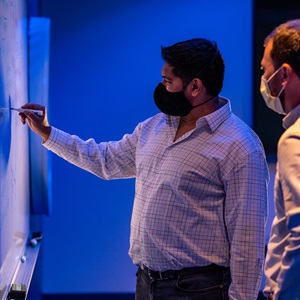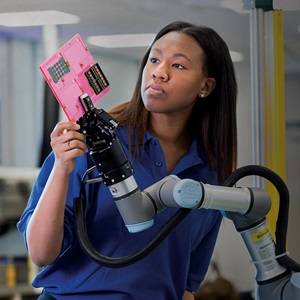A New Space Paradigm Calls for Purpose-Built Spacecraft
Northrop Grumman is accelerating the pace of new space technology development, deploying DARPA's R3D2 with extreme speed and incredible innovation.

By Albert McKeon
A new space paradigm has taken hold, and it's accelerating the pace of new space technology development. This shift is about more than just speed, it's a movement towards eliminating excess capability and taking on risk with an end goal to develop space vehicles that are “good enough” for the mission. This change is allowing customers to achieve their vision of space more quickly and affordably than ever before. If you thought the space race was important in the last century, get ready to see the next generation of developing space satellites with extreme speed and incredible innovation.
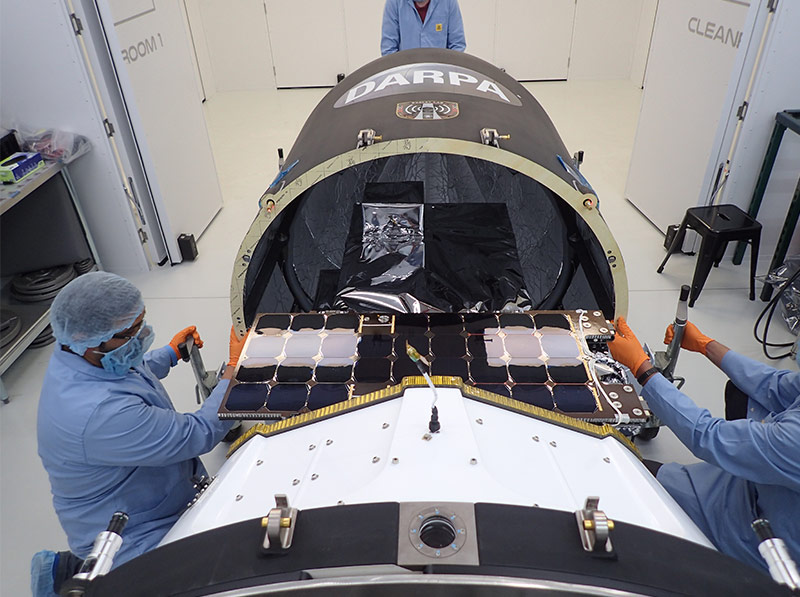
Introducing R3D2 – The Forerunner in the Next Gen Space Race
To better understand this approach to developing new space technology, look no further than a small satellite with an experimental antenna: the Radio Frequency Risk Reduction Deployment Demonstration (R3D2). In only 20 months, a small team of defense contractors and commercial suppliers was led by Northrop Grumman engineers and successfully went from rough concept to a fully designed, built, tested, and launched satellite for the Defense Advanced Research Project Agency (DARPA).
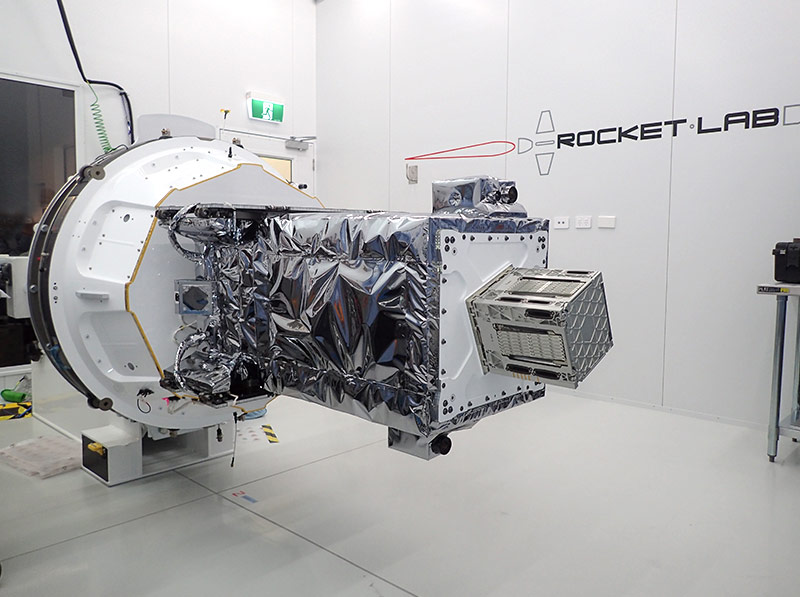
The R3D2 program had a precise mission: deploy and test a new type of antenna that fits into a very small package. The paper-thin membrane reflector starts out in a tiny box, then deploys from the satellite. In addition to the development of the host space vehicle, the R3D2 team helped monitor the deployment, performance, and survivability of the antenna in Low -Earth Orbit. All of this was completed with an extreme technical and engineering challenge with an unprecedented schedule.
The core group of engineers leveraged low-cost commercial suppliers and drew on the high expertise of Northrop Grumman subject matter experts, technicians, and manufacturers. They kept the core group small so that they could keep costs low, maintain agile communication, and tailor processes and procedures that would be critical to driving the rapid deployment of the satellite.

How to Define the New Space Paradigm
“For decades, space missions were huge projects with long timelines and expensive platforms, initiatives that only governments could afford,” said Adam Gunderson, chief engineer of the R3D2 project. “They also required the involvement of a score of agencies and contractors to manage and verify all the requirements. The new space paradigm has private sector organizations taking the lead on projects to build leaner spacecraft with more focused capabilities.”
A new approach means a new way of specifying, managing, and testing satellites. "When you have many different agencies involved, things can get dragged out because you have a multitude of requirements,” Gunderson said. “When you have one stakeholder involved and only one type of mission, you can realize the types of efficiencies that allow for a more agile and rapid build.”
Paul Damikolas, the R3D2 Program Manager, said “Having fewer stakeholders and less rigid requirements allowed us to focus on quickly getting the hardware to work and focus less on requirement negotiation and following a formal verification process. This facilitates faster decision-making and fewer ‘go-backs’ to make changes to the hardware when the performance falls just short of the initial predictions. R3D2 demonstrated that we can be agile and can deliver hardware that meets the customer’s needs for a fraction of the cost of traditional efforts."
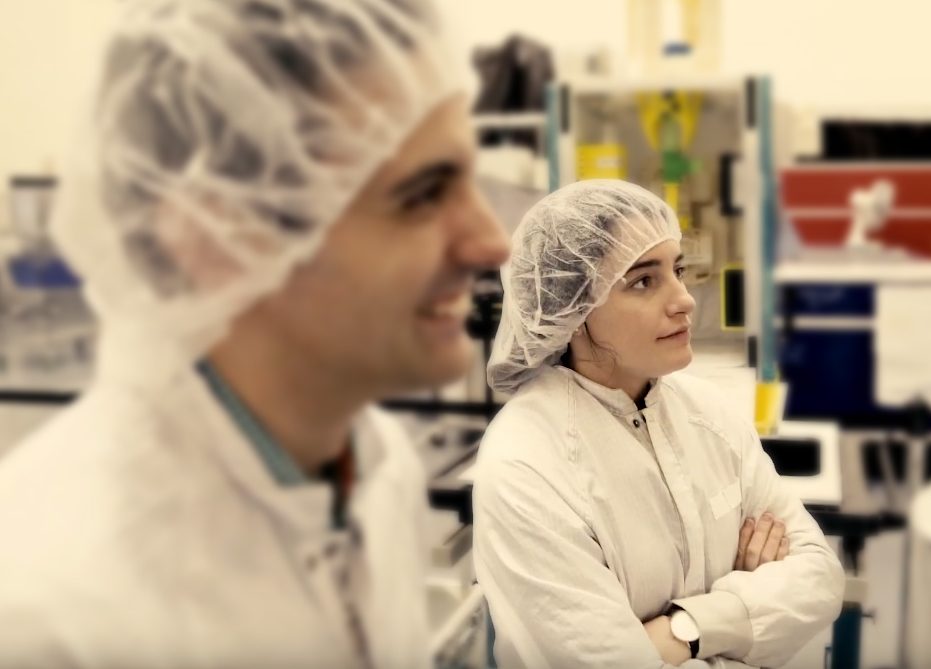
A Christmas Miracle
On such a rapid schedule, the challenges that come with building a spacecraft also move at a rapid pace and never take a holiday.
On Dec. 23, 2018, with most employees on holiday break and delivery of the satellite less than two months away, the team faced a challenge that all space engineers dread.
They were running a routine electrical checkout prior to the start of the random vibration test when suddenly the vehicle started behaving oddly. "It was booting up, but there was no data coming through the test port," Damikolas recalled. "Adam and I were beating our heads against the wall trying to figure out what was wrong. We had no easy way to assess the health of the vehicle or safely charge the batteries which added even more pressure to solve the issue as quickly as possible."
They eventually went home and after a stressful night's sleep returned on Christmas Eve. To their surprise, the vehicle turned on as expected, and the schedule was back on track. "We call it our Christmas miracle," Damikolas said. Despite attempts to troubleshoot, the behavior was not seen again on the satellite and after doing a risk assessment, the joint decision was made to move forward with testing. Strategic risk taking with key stakeholder involvement was required in order to get the satellite on-orbit as quickly as possible.
Damikolas, Gunderson, and their team are already sketching out plans for continuing to define the new space paradigm with evolved processes and designs for future space technology and vehicles, and the next leg of the space race.
More Stories about Innovation at Northrop Grumman
Read all stories about advanced technology and innovation >>
